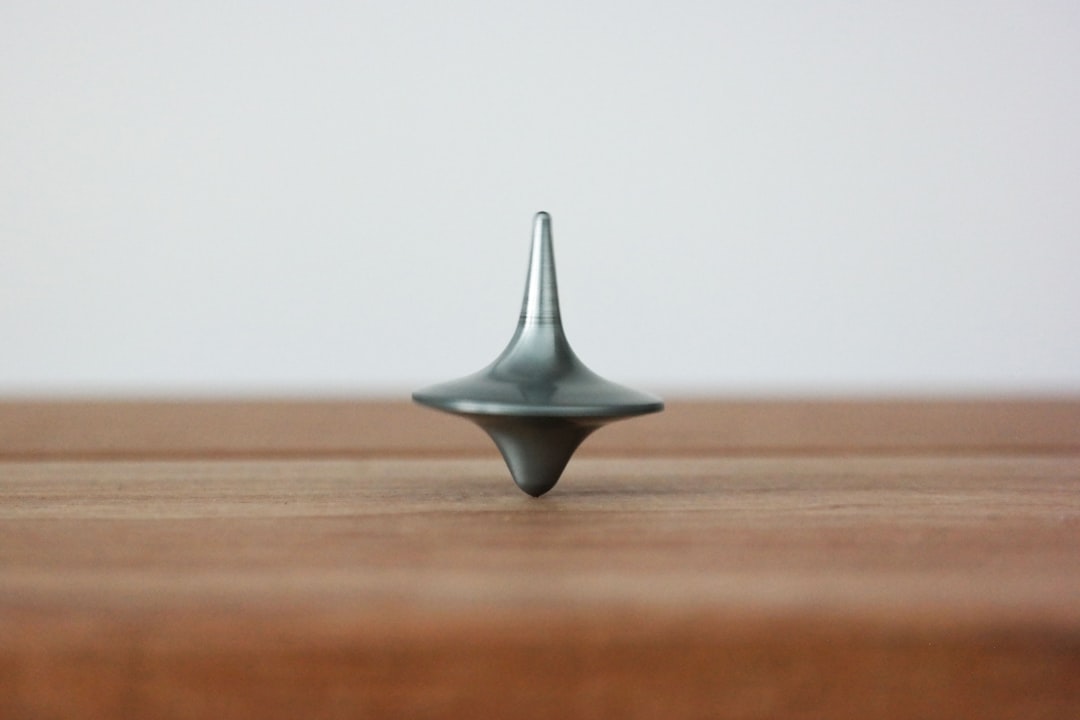
Unlock Your True Potential with Mindful Movement
Mindful movement is a transformative approach to physical activity that merges mindfulness practices with movement techniques. By integrating awareness into your physical exercises, you can unlock your true potential and foster a deeper connection between your mind and body. This guide explores the principles of mindful movement, its benefits, and practical strategies to incorporate it into your daily routine.
What is Mindful Movement?
Mindful movement refers to physical activities performed with full attention and awareness. This practice can include various forms of exercise such as yoga, tai chi, dance, or simply walking. The goal is to focus on the sensations in your body, your breathing, and your surroundings, allowing you to cultivate a greater sense of presence and awareness.
The Benefits of Mindful Movement
Research has shown that mindful movement can significantly enhance physical and mental well-being. Here are some of the key benefits:
1. Stress Reduction
Engaging in mindful movement helps reduce stress levels by promoting relaxation and decreasing cortisol, the stress hormone. A study published in the Journal of Health Psychology found that participants who practiced mindfulness-based exercises reported lower levels of perceived stress.
2. Improved Mental Clarity
Mindful movement enhances cognitive function. According to research in Frontiers in Psychology, individuals who practice mindfulness demonstrate improved attention, memory, and decision-making skills.
3. Enhanced Physical Health
Regular mindful movement can lead to improved flexibility, strength, and balance. A study in Preventive Medicine highlighted that older adults who practiced tai chi experienced significant improvements in balance and reduced fall risk.
4. Emotional Well-Being
Mindful movement fosters emotional regulation and resilience. A systematic review in Psychological Bulletin suggests that mindfulness practices can alleviate symptoms of anxiety and depression.
Practical Strategies for Incorporating Mindful Movement
Incorporating mindful movement into your daily life can be simple and enjoyable. Here are some actionable strategies:
1. Start with Simple Breathing Exercises
Before engaging in any movement, take a few moments to focus on your breath. Inhale deeply through your nose, allowing your abdomen to expand, and exhale slowly through your mouth. This practice prepares your mind and body for movement.
2. Choose Activities You Enjoy
Find a form of movement that resonates with you. Whether it’s yoga, dancing, or a brisk walk in nature, engaging in activities you enjoy makes it easier to practice mindfulness.
3. Focus on the Present Moment
During your movement practice, pay close attention to how your body feels. Notice the sensations in your muscles and joints, the rhythm of your breathing, and the environment around you. If your mind wanders, gently bring your focus back to the present moment.
4. Set Intentions
Before starting your mindful movement practice, set a positive intention. This could be something simple like “I will honor my body today” or “I will focus on my breath.” Setting intentions can enhance your experience and help you stay committed.
5. Limit Distractions
Create a conducive environment for mindful movement. Turn off electronic devices, use calming music if desired, and find a quiet space where you can focus solely on your practice.
Addressing Common Misconceptions
Many individuals may hesitate to practice mindful movement due to misconceptions. Here are a couple of common myths:
Myth 1: Mindful Movement is Only for the Flexible
Mindful movement is accessible to everyone, regardless of their flexibility or fitness level. The key is to focus on your body’s capabilities and progress at your own pace.
Myth 2: You Need to Spend Hours Practicing
Even short sessions of mindful movement can be beneficial. Start with just 10-15 minutes a day and gradually increase the duration as you feel more comfortable.
Encouragement for Your Wellness Journey
Embarking on a mindful movement journey is a personal and rewarding experience. Remember that progress takes time, and it’s essential to be patient with yourself. Celebrate small victories, and don’t hesitate to seek support from friends, family, or wellness communities.
Further Reading and Resources
To deepen your understanding of mindful movement, consider exploring the following resources:
- Mindful Movement: The Importance of Being Present
- The Benefits of Tai Chi for Health and Well-Being
- Yoga and Mindfulness: A Powerful Combination
By integrating mindful movement into your routine, you can unlock your true potential and experience a more profound connection between your mind and body. Embrace this journey, share your experiences, and encourage others to prioritize their health and wellness as well.


